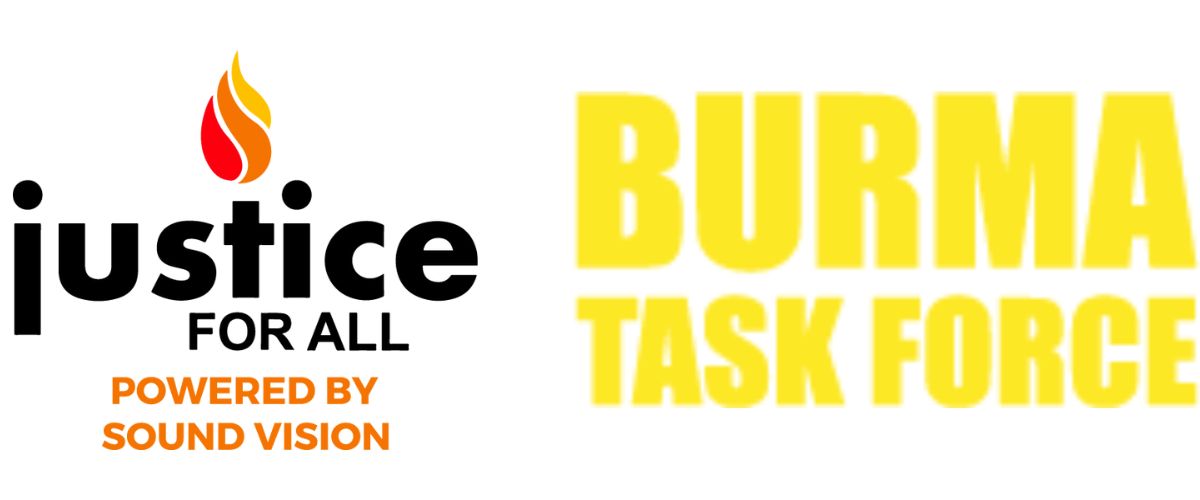Take immediate action by calling the Indonesian Embassy in [Your Country] to express your deep…
7 Things You Should Know About the Crisis in Burma
There are 60 million refugees and displaced people in the world today, the most since the end of World War II. Almost half are Muslim. After Afghan refugees, the largest group is Syrian, with Turkey and Lebanon receiving most of the millions struggling to survive. After four full years of the Syrian conflict, the United States has taken in only 2,000 refugees from there.
Against this bleak backdrop, there is another very similar disaster taking place with far less news coverage: Burma. Hundreds of thousands of Muslims, or Rohingya, are fleeing Burma by boat. The long-persecuted minority population of at least 1.3 million is being driven off ancestral lands and confined to camps in half a dozen countries without medical care, education, the right to work or other basic human rights. Once thought to number more than 3 million, this abused and persecuted Muslim minority has in the last year been excluded from the national census and disenfranchised from voting. To even say “Rohingya” in their home country provokes angry denunciation or even violence.
The 2015 elections, which will be held Sunday, were once seen as a sign that the Burmese military was releasing its hold on power. But this appears unlikely. Working with the Burma Task Force USA for the last two years, I offer a short primer on this crisis in the hope that there is still room in readers’ hearts and heads to take action on this issue.
1) Where is Burma? What is going on?
Also known as Myanmar, an alternate pronunciation of the same word favored by the military regime, Burma is the poorest nation in South Asia, located between Bangladesh, India and China. After a coup in 1982, the nation was ruled by a xenophobic military government for 30 years until a period of reform following civil unrest.
Despite releasing scores of political prisoners in 2012-2013 and negotiating treaties with some ethnic groups, the transitional government has continued harsh restrictions on certain ethnic and religious minorities, especially the Rohingya Muslims, who live mainly in the Northwestern state of Rakhine.
In the last two years, the situation has become much worse. Allied with the military, the “969 Movement” of extremist monks has been spreading anti-Muslim violence beyond the Rakhine state and throughout Burma. In an effort to “purify” the nation, these Buddhist supremacists have been committing rape, arson, murder and land confiscation on a massive scale. In 2014, mobs chased out international agencies from Rakhine state, leaving 700,000 Burmese Muslims without medical care. Hundreds of thousands struggle to survive in what Nicholas Kristof of the New York Times called “concentration camps.” They are denied freedom of movement, marriage, jobs and schooling. At least an equal number of refugees have fled to an unknown fate.





This Post Has 0 Comments